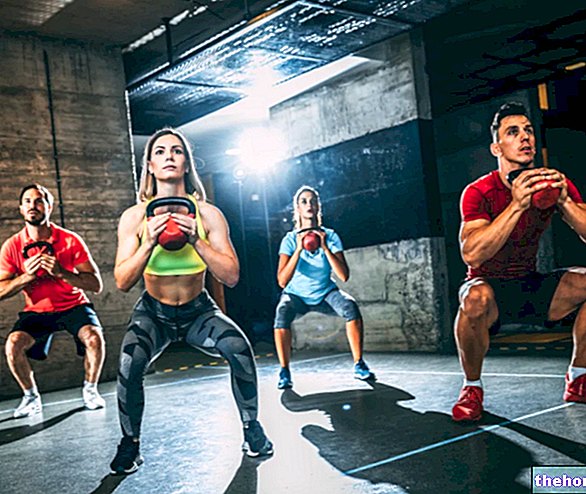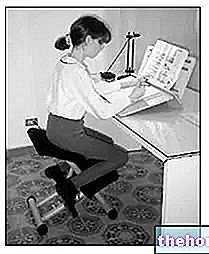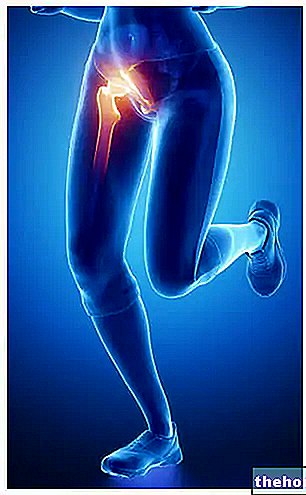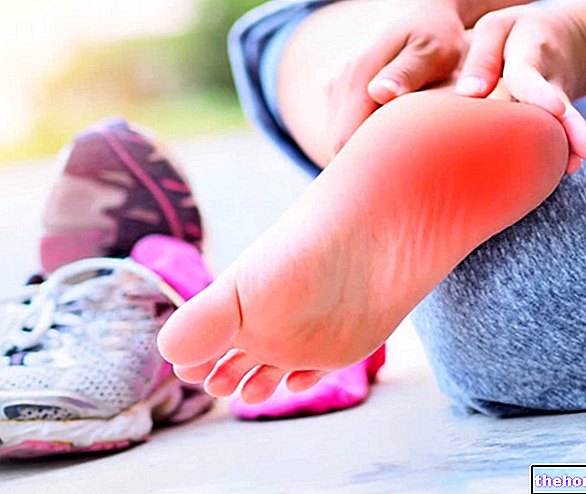An anatomical study of the knee highlights the poor congruence between the articular surfaces, which condition and allow good general mobility and the limited stability of the joint, which is "passively" ensured by the ligamentous structures, which we could define: central structures, those represented by the anterior and posterior cruciate ligaments, and peripheral structures, those formed by the collateral ligaments.
The knee is instead actively enveloped by all those muscular structures, which belong to the joint stabilization system. The muscles mainly involved in this important joint stabilization activity are:
- the quadriceps;
- the hamstrings;
- the popliteal;
- the vast medials;
- the tensor fascia lata and the gluteus maximus.
The synergistic action of all these muscles in fact represents an excellent source of protection for the joint, which, working on the three planes of space, but more in any case on the sagittal plane, is often subjected to various forms of tension.
In fact, during the upright posture, any flexion of the knee creates an inclined plane at the level of the tibial plateau that produces an anterior sliding of the femoral condyles, causing a certain tension in the cruciate ligaments (LCP and LCL).
Fortunately, some components of the muscular action of the quadriceps, in synergy with the hamstring muscles, always effectively oppose this unfavorable forward movement, preserving from wear and trauma all those ligamentous structures exaggeratedly stressed by these movements, which are sometimes also too forced and overloaded.
All the joint and muscular forces in reciprocal equilibrium, therefore - if constantly stimulated by specific training carefully evaluated with a specialist - to limit those stresses that over time result in traumatizing the knee joint, sometimes even irreparably, creating, every whenever necessary, a kind of "protective pad" shock absorber and stabilizer of the knee.
Limited to the frontal plane, however, the knee can undergo all those variating forces partly due to the decentralization of the hip, however canceled by the physiological valgus of the legs and partly by the ability of the lateral muscles to always have a good abductor action.
The lateral muscles that we could therefore define once again important for maintaining and stabilizing the leg and the knee joint are:
- The tensor of the fascia lata;
- The gluteus maximus;
- The hamstring
- The popliteal;
- and partially also part of the quadriceps.
Internally, however, speaking therefore of the medial side, the muscles of the leg (semimembranous, semitendinosus, gracilis and sartorius), develop an "anti-valgizing action only when the knee is slightly flexed or extended with respect to the erect position.
Reiterating once again the "importance of" muscular balance of the leg, which as we have widely understood is modulated by a good general balance, we recall the precious work of the hamstring muscles and the biceps, which assisted by the popliteal and the tensor fascia lata, assumes a fundamental role in "avoiding" excessive internal rotation of the knee being one of the main external rotators.
No less important is the fundamental work of the quadriceps, which, aided by the action of the patellar tendon, performs the partial internal rotation of the knee.
Concluding this overview concerning the balance work that each muscle and ligament, interacting with the others, exerts on our joint, often making it much more efficient and stable, I will mention those active systems which counterbalancing the continuous excessive work of the knee, have always worked as tireless sentinels. of the joint, which whenever necessary promptly activate all those muscular actions most suited to counteract any exaggerated and disproportionate stresses that often make the work of our knees unsustainable, avoiding trauma and irreparable injuries; the receptor sites.




























